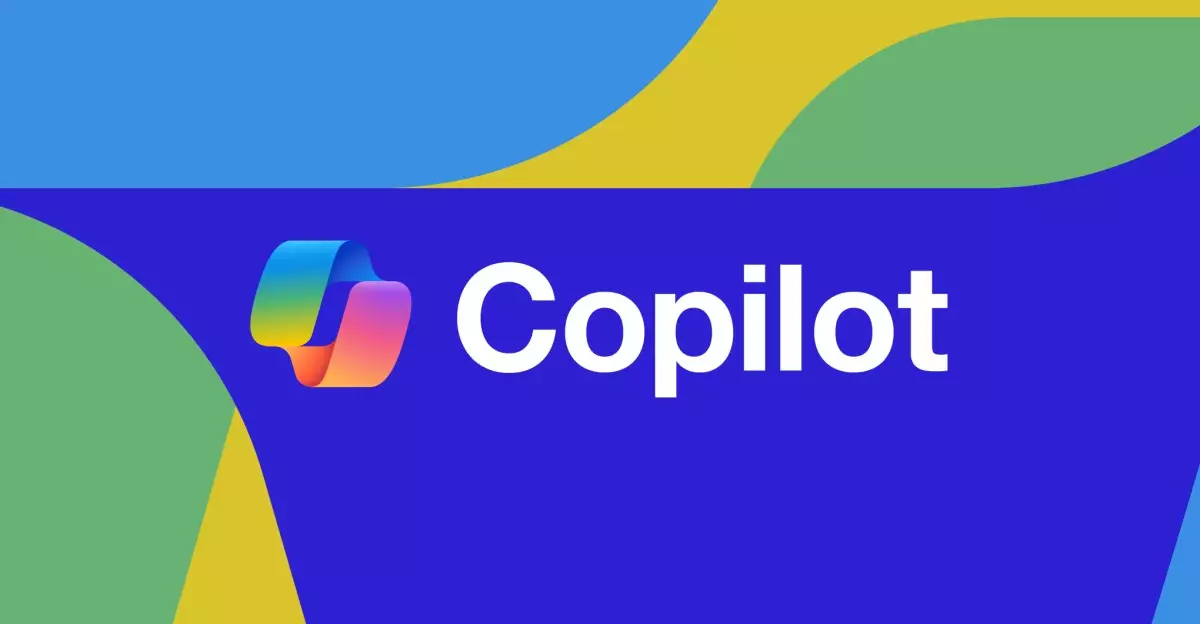Artificial intelligence continues to redefine the way we interact with technology, and the latest developments from Microsoft with its Copilot highlight an exciting trajectory in personalized AI assistance. As we celebrate significant milestones like Microsoft’s 50th anniversary, the enhancements introduced to Copilot are not merely incremental upgrades but a monumental shift towards a more tailored user experience. Emulating the capabilities of competitors like ChatGPT and Claude, Microsoft is actively positioning Copilot as a versatile and indispensable companion, seamlessly integrated into users’ everyday digital interactions.
The advancements promised in Copilot’s new rollouts—such as memory retention, advanced web actions, and specialized functions like podcast creation—represent an ambitious leap forward in AI capabilities. Central to this evolution is the incorporation of machine learning models from OpenAI, which empowers Copilot to exhibit features previously thought to be the domain of human-like comprehension and responsiveness.
Memory and Personalization: A New Era of Interaction
One of the standout features that aim to personalize user interactions is the introduction of memory functions. This innovation enables Copilot to remember user preferences, notable dates, and individual requirements, creating a customized interaction landscape. However, as alluring as this capability is, it raises pertinent questions surrounding privacy and user control. Microsoft assures that users can opt in or out of this memory function, opening a dialogue about the balance between personalization and privacy.
This increase in personalization heralds a new norm; not only will users benefit from adaptive responses, but they will also have a say in how their AI companions evolve. With the possibility of customizing Copilot’s appearance—offering different avatars or styles—Microsoft is on the brink of redefining how we relate to our digital partners. As copilot morphs into a “personal” entity, the whimsical idea of adopting forms like familiar office supplies could resonate more powerfully than previously imagined.
Task Execution: Elevating Productivity
The introduction of new Actions features equips Copilot to perform web-based tasks, making it a practical ally in finding information and managing logistics. Imagine an AI that can book tickets, make restaurant reservations, or conduct online shopping while navigating price comparisons and discount opportunities. This utility doesn’t just suggest enhanced productivity; rather, it expands on the very notion of what we expect from digital assistance.
However, as compelling as these capabilities are, there lies a risk of becoming overly reliant on AI for decision-making. While Copilot aims to smooth user interactions with technology, it is crucial for users to retain a sense of agency and ensure that technology serves them, rather than dictating their choices. In this delicate balance of leveraging AI’s strengths while maintaining autonomy, users must navigate their relationship with Copilot thoughtfully.
Vision and Deep Research: Broadening the Scope of Intelligence
The expansion of Copilot Vision, which allows the AI to interface with users’ environments—whether through analyzing screens or interpreting visual content—creates an avenue for unprecedented interaction. The interplay between visual data and user queries can profoundly enhance the information-gathering process, transcending past limitations of text-based interaction.
Moreover, empowering Copilot to conduct deep research by analyzing extensive documents and online sources positions it as an invaluable tool for professionals in need of comprehensive insights. By integrating AI responses into search engines like Bing, users can expect a richness of information that serves both straightforward inquiries and complex analytical needs, thereby establishing Copilot as a one-stop solution for diverse research demands.
Audio Engagement: Amplifying Communication
In a world where audio content consumption is skyrocketing, the inclusion of podcast-style audio generation offers an engaging mode of information delivery. Imagine having the assistance of an AI that can not only provide answers in text but can also narrate them in a conversational format, making learning and exploration more dynamic. This feature aligns with the modern user’s preference for audio content and signifies Microsoft’s foresight in aligning its AI tools with the patterns of contemporary media consumption.
As Microsoft embarks on this ambitious journey, the rollout of these innovative features will play a pivotal role in determining user acceptance and satisfaction. While the potential is vast, the execution will ultimately reveal how effectively Copilot can integrate into the fabric of our daily lives. As users engage with Copilot’s evolving capabilities, the implications of such technology will indisputably redefine our relationship with artificial intelligence and reshape our expectations moving forward.

